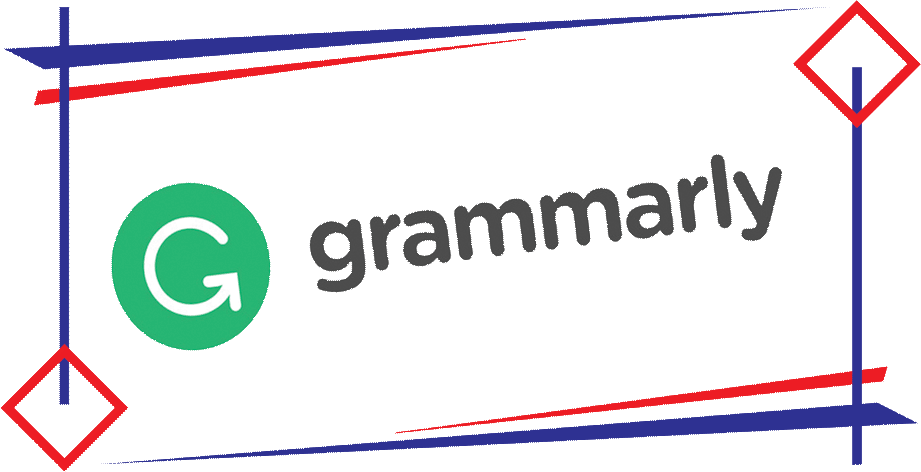Improving UAV Radio Control System with 433 MHz Radio Wave Using Lo-Ra based on QCZEK Model Communication System
Abstract
UAV must have a reliable control system considering the UAV is an unmanned vehicle that relies on human control on the ground. Most of control system used in UAVs uses a 2.4 GHz as it frequency. This frequency has disadvantaged for UAV because it is mainly used for Wi-Fi communication system so when users of UAV’s fly in urban areas where full of Wi-Fi system, there will be interference within UAV control system and Wi-Fi, so failsafe will often occur. From the theory, different frequencies produce different criteria for radiofrequency communication system to synchronize and manage and secure communication between transmitter and receiver. In this study, we will discuss the application of 433 MHz frequency for the control system for UAV. The goal of this research is to establish a reliable control system of UAV when used for the long-range mission. To make this control system, we use the Lo-Ra module with STM32 based Microcontroller designed for QCZEK TX/RX model communication. After several testing on the ground and the air, the purpose system serve 14 % longer distance than TBS system or market build system and 6 times longer distances than 2.4Ghz frequencies.
Keywords
Full Text:
PDFReferences
P. K. Manoharan et al., “Low Frequency Radio Experiment ( LORE ),” no. 4.
A. Sutinjo, “Low-Frequency Radio Astronomy Engineering in Western Australia.”
J. Ilow and D. Hatzinakos, “Performance of FH SS Radio Networks with Interference Modeled as a Mixture of Gaussian and Alpha-Stable Noise,” vol. 46, no. 4, pp. 509–520, 1998.
M. Iqbal, A. Y. Abdullah, and F. Shabnam, “An Application Based Comparative Study of LPWAN Technologies for IoT Environment,” no. June, pp. 5–7, 2020.
S. Rauh, J. Robert, M. Schadhauser, A. Heuberger, and A. U. Erlangen-nuremberg, “LPWAN Occupancy Model Parameter Identification for License Exempt sub-GHz Frequency Bands,” pp. 111–114, 2018.
P. Dani, P. Adi, and A. Kitagawa, “Performance Evaluation of E32 Long Range Radio Frequency 915 MHz based on Internet of Things and Micro Sensors Data,” vol. 10, no. 11, pp. 38–49, 2019.
J. P. Tovar-soto, C. F. Pareja-figueredo, O. L. García-navarrete, and C. Gutiérrez-martínez, “Performance evaluation of LoRa technology for implementation in rural areas • Evaluación de rendimiento de la tecnología LoRa para su implementación en zonas rurales,” vol. 88, no. 216, pp. 69–78, 2021.
P. Edward, M. El-aasser, M. Ashour, and T. Elshabrawy, “Interleaved Chirp Spreading LoRa as a Parallel Network to Enhance LoRa Capacity,” 2020, doi: 10.1109/JIOT.2020.3027100.
T. Handaru, “PROGRAM SIMULASI SINYAL CHIRP RADAR,” 2007.
Y. Esye and D. Haryanto, “RANCANG BANGUN RANGKAIAN PENERIMA FREQUENCY HOPPING SPREAD SPECTRUM ( FHSS ) DENGAN DEMODULASI DIGITAL AMPLITUDE SHIFT KEYING ( ASK ),” pp. 1–12.
E. S. Sianturi, “TUGAS AKHIR SIMULASI KOMPUTER MODULASI - DEMODULASI COMPUTER SIMULATION MODULATION – DEMODULATIN ANALOG AND DIGITAL,” 2010.
C. Ebyte Electronic Technology, “E32-433T30D User Manual.”
A. H. Jebril, “Overcoming Limitations of LoRa Physical Layer in,” 2018, doi: 10.3390/s18103257.
N. Blenn and F. Kuipers, “LoRaWAN in the Wild : Measurements from The Things Network.”
G. Ferr and A. Giremus, “LoRa Physical Layer Principle and Performance Analysis,” 2018 25th IEEE Int. Conf. Electron. Circuits Syst., pp. 65–68, 2018.
F. Adelantado, X. Vilajosana, P. Tuset-peiro, B. Martinez, J. Melià-seguí, and T. Watteyne, “Understanding the Limits of LoRaWAN,” no. September, pp. 34–40, 2017.
C. Downey and L. Technologies, “Understanding Wireless Range Calculations,” pp. 0–5, 2013.
DOI: https://doi.org/10.18860/mat.v14i1.16370
Refbacks
- There are currently no refbacks.
Copyright (c) 2022 Juniardi Nur Fadila

This work is licensed under a Creative Commons Attribution-NonCommercial-ShareAlike 4.0 International License.
The journal is indexed by :
_______________________________________________________________________________________________________________
Editorial Office:
Informatics Engineering Department
Faculty of Science and Technology
Universitas Islam Negeri Maulana Malik Ibrahim Malang
Jalan Gajayana 50 Malang, Jawa Timur, Indonesia 65144
Email: matics@uin-malang.ac.id
_______________________________________________________________________________________________________________

This work is licensed under a CC-BY-NC-SA 4.0.
© All rights reserved 2015. MATICS , ISSN : 1978-161X | e-ISSN : 2477-2550






